Outdoor gear startup Thecatal has some unique ideas about camping. Last year, those ideas drove the design of an absolute fortress of a vehicular tent built to shelter both man and machine. Now the company has slimmed its camping conceptualizations way, way (way) down into an ultralight backpacking tent that pitches in as little as 10 seconds, stands strong against any level of wind that gusts its way, and doubles as a hammock-supported tree tent.
The 10-second tent? Not quite as impressive as the 2-second tent, but it still has a nice ring to it. However, unlike the fully integrated framing in Decathlon’s fast-pitching series, the 10-second setup promise behind Thecatal’s new Wind Anchor tent series comes with a few bold asterisks. In fact, if the ultralight tent is used as designed – for backpacking – that 10-second time seems destined to remain an unfilled marketing promise.
Thecatal lists both 60-second and 10-second setup times on different areas of its marketing materials, and the latter seems to rely either on the Wind Anchor’s collapsible shock-corded tent pole being preinstalled. With the single pole preinstalled, the tent simply unfolds into shape after laying flat, requiring little more than two end stakes to complete a minimalist setup. There’s no fly to worry about, so you’re done, and assuming you hustled and didn’t get held up by rough, rocky ground, maybe you got it pitched and ready in 10 seconds flat.
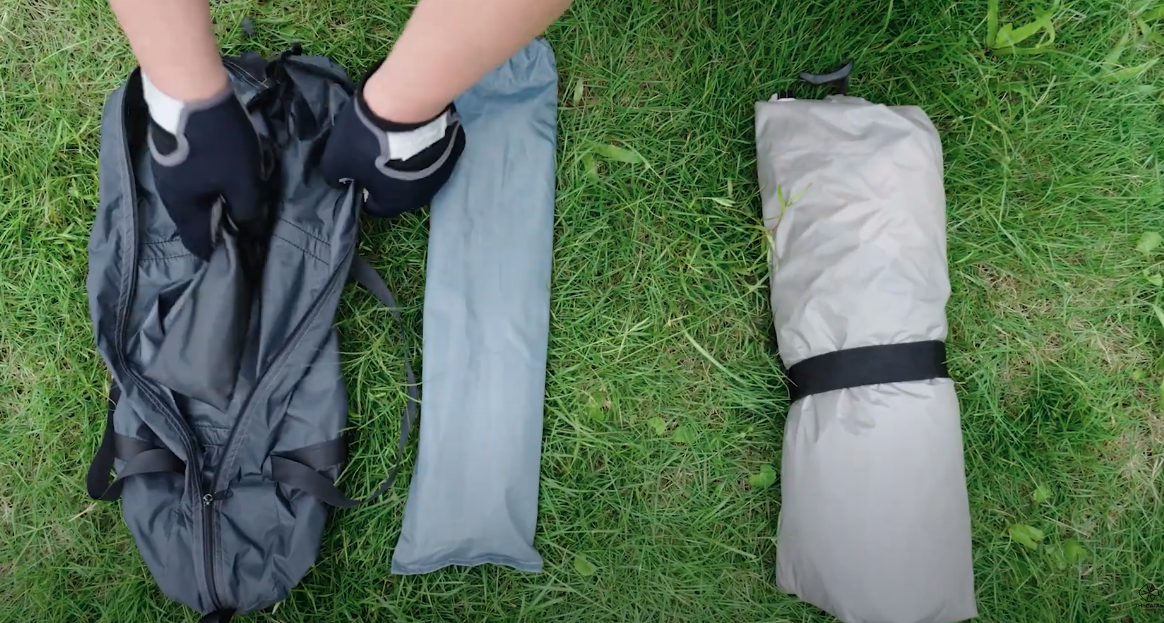
Thecatal
Storing the Wind Anchor with the pole preinstalled might work for car camping, but you’re not going to strap it to your back like that. And a sub-2-lb (907-kg) single-wall tent is really optimized for backpacking, not car camping. In that case, you’ll be spending the full minute or more getting the Wind Anchor pitched, removing the components from the carry sack, assembling and installing the single pole and staking the tent out with two to six pegs. It’s still a fast, simple process that’ll get you moving onto other base camp setup tasks in no time, just not quite 10-second fast.
The pillar of that fast setup, and the entire Wind Anchor design, is the tent’s semi-conical diamond-floored shape, a form Thecatal says has not been used in tent design previously. It’s a spin on the established form commonly called a transverse-hoop frame and used on a number of ultralight backpacking tents like the Terra Nova Laser Pulse 1, Vango Apex Compact 100 and Tarptent Moment DW. Those tents feature more hexagonal footprints, however, leaving small sections of round, triangular or rectangular fabric at the ends.
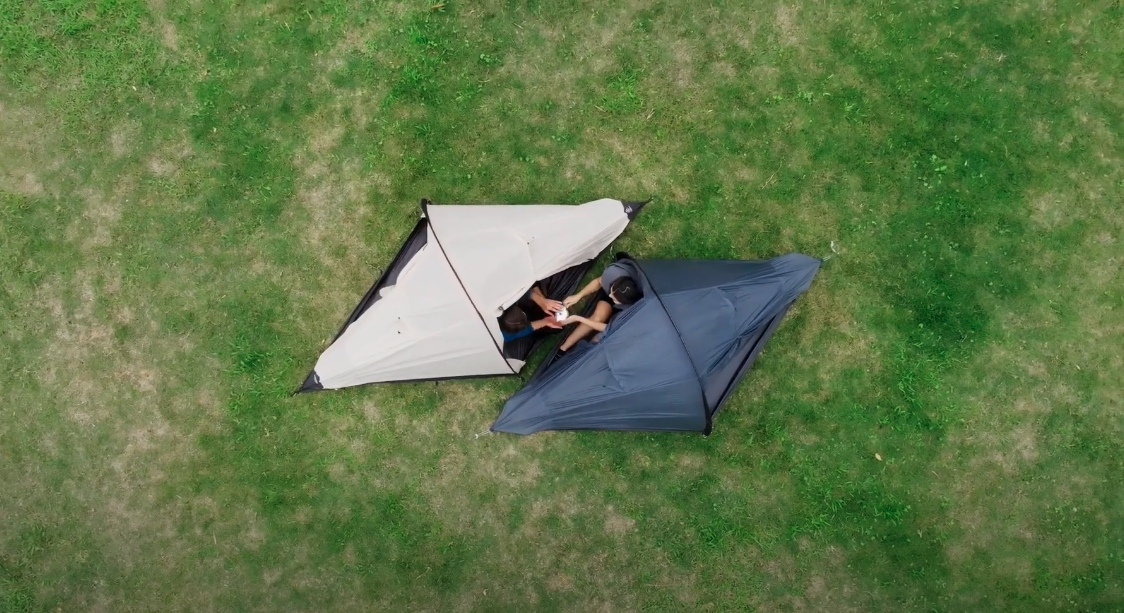
Thecatal
By contrast, the Wind Anchor’s opposing-cone form narrows to a single point at each end. This sort of bullet-like construction streamlines not only setup, by minimizing the number of corners that need staking down, but also aerodynamic wind performance.
In fact, Thecatal is so confident in the shape, it says the Wind Anchor will hold up to Level 12 winds, the highest level on the Beaufort scale indicating hurricane-strength winds in the 70- to 80-mph (113- to 129-km/h) range. We certainly don’t recommend putting those claims to the absolute test by backpack-chasing hurricanes, but that’s at least how Thecatal categorizes the tent’s weatherproofing.
Helping some of that wind find its way inside the tent for condensation-fighting airflow, the Wind Anchor features a comprehensive ventilation system with six total vents integrated around its body. And while it’s a single-wall design with a waterproof-breathable sil-nylon body and no separate rain fly, it does feature two large mesh doors with rollaway storm flaps for added airflow.
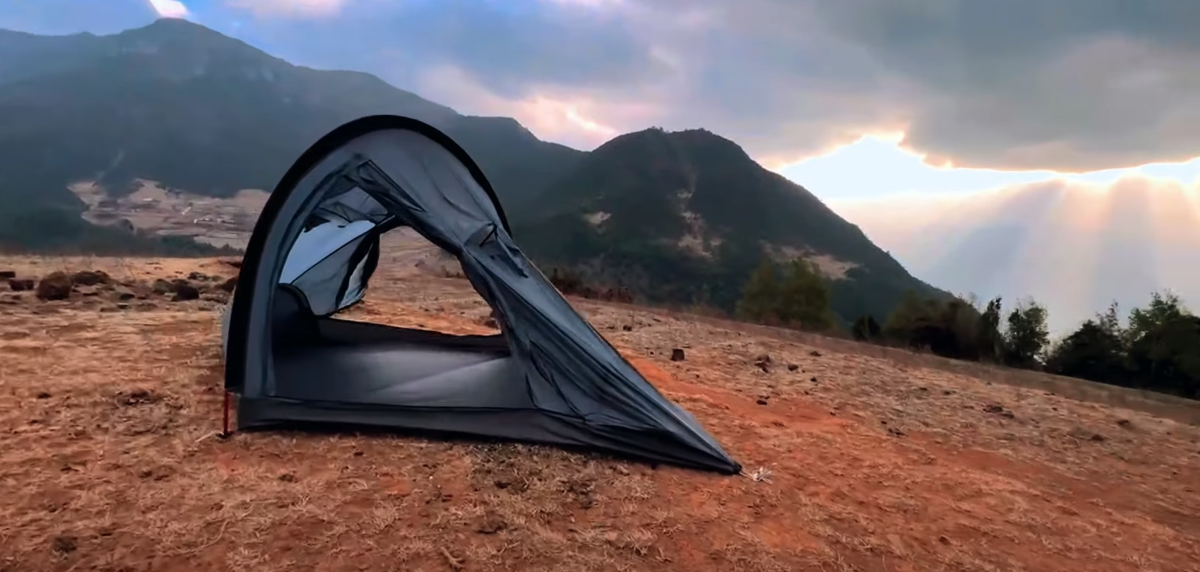
Thecatal
The single-wall construction keeps bulk down to an impressively low minimum packed weight of 1.7 lb (782 g) for the Pro model tent body, pole and two stakes. Add in less than half an ounce (12 g) for the carry bag, and the Wind Anchor Pro transports neatly in an 11 x 4 x 4-in (28 x 10 x 10-cm) package and you barely move up from that 1.7-lb weight. Carry all six stakes and four Dyneema guy lines to better secure the tent down, and you pack on another 1.4 oz (40 g)… still just 1.8 lb (818 g) total.
Capacity-wise, Thecatal lists the Wind Anchor as a 1.5-person design. It says you could fit two inside, but that’ll certainly depend on the size and comfort level of that particular backpacking twosome. Given how lightweight the tent is, it’s plenty convenient as a solo tent, though.
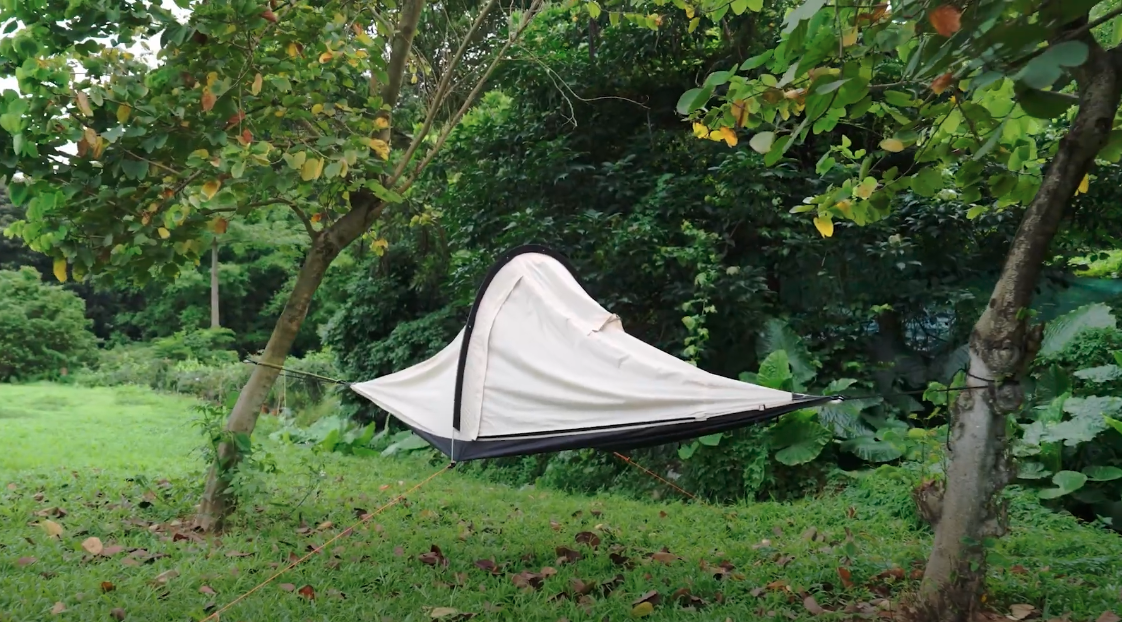
Thecatal
As for its hammock capabilities, the Wind Anchor’s diamond-shaped floor design lends itself well to mounting between a pair of trees. While it’s not made to lash directly to trees, Thecatal says it is designed to pitch atop an existing hammock to raise camping up off ground level. It does require straps or guy lines to secure the sides and provide a more stable night of sleep, and we definitely don’t think you’ll be hitting the 10-/60-second setup times or Level 12 wind performance in hammock form.
The Wind Anchor includes integrated storage pockets, along with a footlocker at the tip of the tent that keeps shoes dry, ventilated and separated from the main living area.
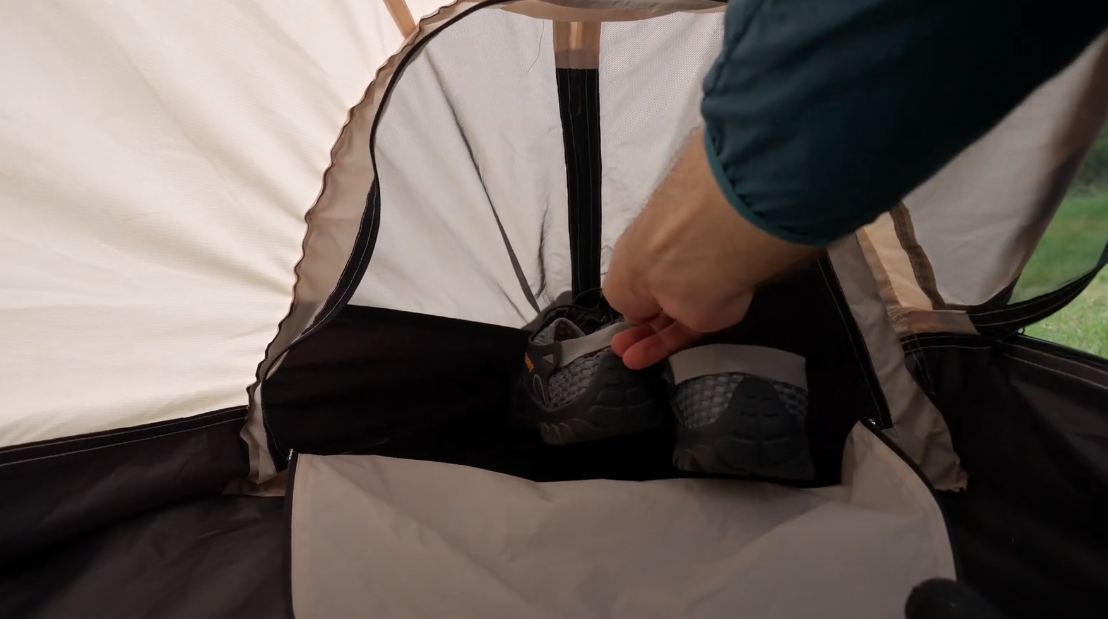
Thecatal
We had some questions about the practicality of Thecatal’s massive “Magic Fort” vehicle-camper tent, but the Wind Anchor seems very well thought out, nicely featured, and among the lightest semi or fully freestanding tents money can buy.
Thecatal is currently hosting a Kickstarter to fund the Wind Anchor’s launch. The lightest-of-the-light Pro model is available for a pledge of US$249+, a 32 percent discount off planned retail pricing. The standard Wind Anchor, which has a slightly higher minimum weight of 1.9 lb (850 g), is on offer for pledges of $199+. The company also offers optional add-ons like a reflective protective tarp, hammock and footprint. The campaign has already doubled its $10,000 goal, and Thecatal hopes to begin deliveries in October.
Here’s a closer look at the Wind Anchor design and use:
Wind Anchor | Rapid Setup, Unbeatable Wind Endurance | Official Video
Source: Thecatal
Source of Article